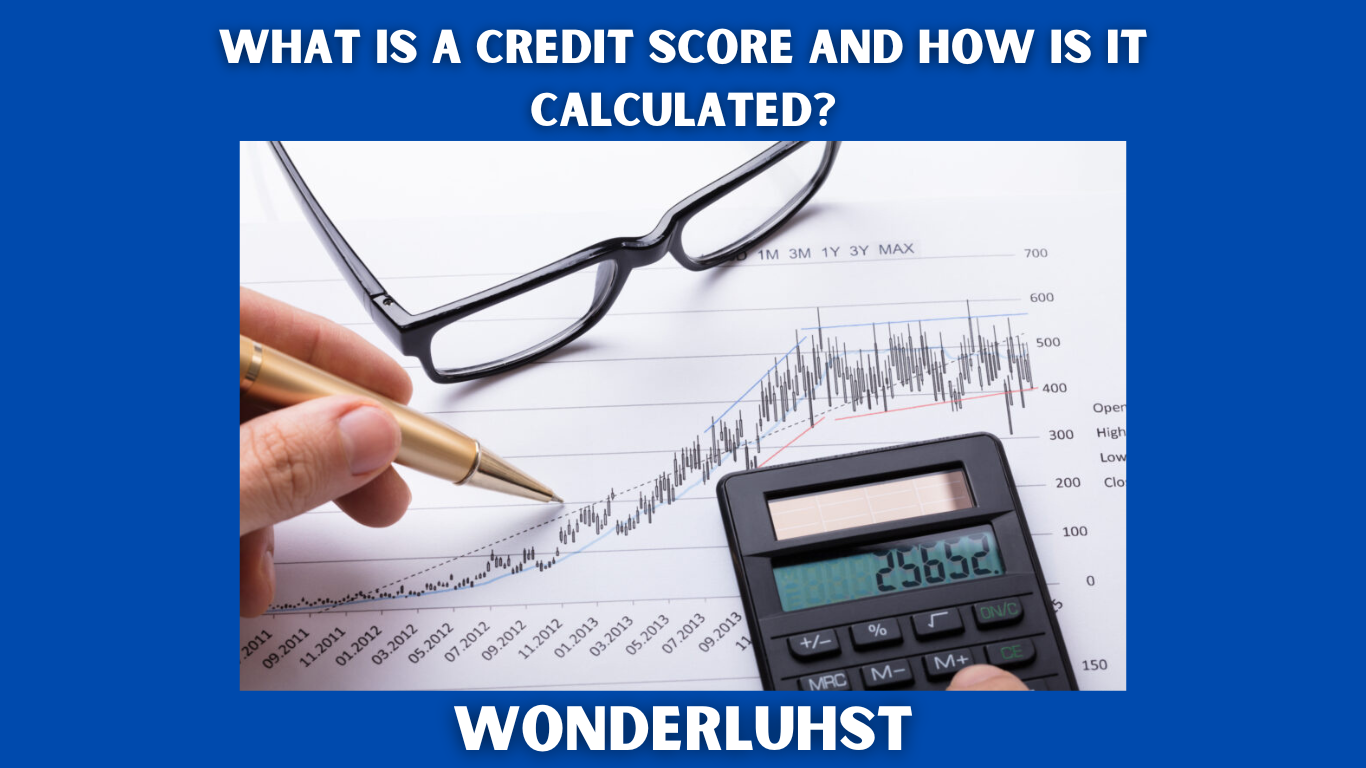What is a credit score and how is it calculated?
Your credit score is basically a numerical representation of the data on your credit report. This is a 3-digit number and ranges from 300 to 850, with the numbers representing your reputation. This 3-digit score gives potential lenders a quick glimpse into the health of your credit. Positive credit activity and responsible long-term credit management add points and boost your credit score. On the other hand, every negative credit activity removes a few points from your credit score, damaging it.
A high score is an immediate indication that you are managing credit well and that you are a reliable borrower. You can be confident that any amount will be paid on time. A low score indicates that you are not managing credit well and that you are an unreliable borrower. This acts as a red flag for lenders and indicates that you are more likely to miss payments.
How a credit score is calculated from the details on your credit report
Although each credit bureau uses a slightly different algorithm to calculate the credit score, they all use five factors in the calculation.
Payment Date
Payment Date make up upto 35% of your total score. Paying off your loans and credit cards on time and in full helps improve your score. The more positive your payment history, the higher your score. This is the fastest and easiest way to create good credit and increase your credit score. These are also the first things that lenders will consider when reviewing your loan application because it shows your ability to make payments on time and avoid defaults, late payments or foreclosures.
Credit Usage Ratio
Credit Usage Ratio tells you the percentage of available credit on your credit card that you are using. It has the second largest impact on your credit score, accounting for 30% of your total score. By keeping the percentage low, points are added to your score. The lower your credit utilization ratio, the higher your score and vice versa. The best way to keep your score low and increase your score is to use your credit card in moderation.
Length of Credit History
This makes up 15% of your credit score. It shows how long you’ve been using credit as well as the average lifespan of all your accounts. This includes how long you’ve used your credit cards as well as how long you’ve managed debt payments such as student loans, mortgages, car loans, and personal loans. Keeping old credit cards open, even if you’re not using them, increases the length of your credit history, adding points to your credit score.
Credit Mix
The credit mix takes into account the different types of credit accounts you manage and how well you manage them all. It checks whether you only manage one type or multiple types of credit accounts and whether you make all payments on time or whether you focus on one account at the expense of others. A healthy credit mix will include a combination of credit cards, student loans, mortgages, or other types of debt. This makes up 10% of your credit score.
New Balance
This makes up another 10% of your score. Every time you apply for a credit card or loan, it starts a difficult credit inquiry on your credit report. Each difficult credit inquiry deducts a few points from your credit score. Applying for multiple credit cards or loans within a short period of time may mean that you are in financial trouble. This can hurt your overall score.








